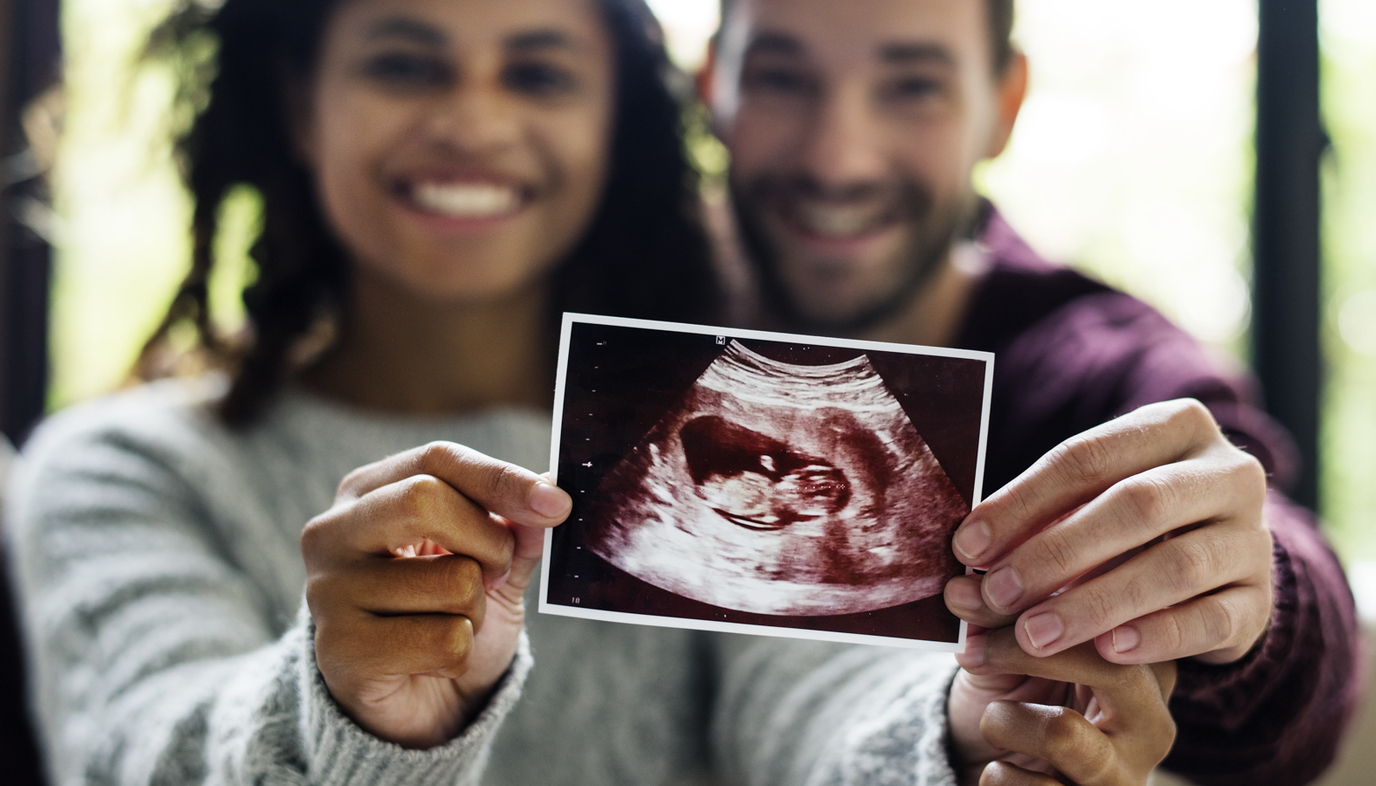
How common is it for a test that checks your baby for Down syndrome to show "high risk"? This is one of many questions that may cross the minds of mommies-to-be, awaiting outcomes of tests like the NT (Nuchal Translucency) screen. The NT test is a widely recommended screen that checks for Down syndrome.
If your NT screen results show a higher risk for having a baby with Down syndrome, it's important to realize that your baby is not necessarily positive for DS. In other words, a screening does not give an absolute "no" or "yes" about whether the baby will be born with DS; it only gives an indication of the risk. The NT test result can help you decide whether to do further testing.
What Is Down Syndrome?
Down syndrome occurs when the baby has an extra chromosome. A child with DS usually is recognized by the typical facial features associated with the syndrome and has an increased risk for other health problems.

What Does the NT Test Consist Of?
Typically, expectant women choose to have the full screening completed in two parts over the course of the first two trimesters of pregnancy. These results are then combined to estimate your baby's risk for DS.
Part 1: This part involves an ultrasound that measures the nuchal translucency (the amount of fluid under the back of the baby's neck, which is higher in babies with DS). Another test is included in Part 1 that measures PAPP-A or pregnancy-associated plasma protein A. If this type of protein is too low, it could mean that the fetus has an abnormal number of chromosomes.
Part 2: Completed during the second trimester (15-20 weeks), this test measures the levels in your blood of inhibin A, estriol, alpha-fetoprotein, and a hormone called human chorionic gonadotropin (HCG). If levels of these substances are abnormal, it could indicate a problem with the fetus.
Who Should Get Screened?
In the past, doctors would recommend the NT screening most often for older women who were expecting. Nowadays, the American Congress of Obstetricians and Gynecologists suggests that all pregnant women - no matter what age they are - should get screened. Today, screening for Down's syndrome is available as a routine test.
If you decide to go through with further diagnostic testing (e.g., amniocentesis or chorionic villus sampling) and the results show that your baby has DS, you'll have more time to learn how to care for an infant with special needs. Or, you can discuss other options with your health care professionals.
Understanding Risk Factors
Your doctor may recommend contacting a genetic counselor before you get pregnant. He or she can guide you in understanding your risks and chances of conceiving a child with Down syndrome. The counselor can also discuss the many tests offered to help you choose.
While there is no known way to prevent DS, it's helpful to find out if you're at higher risk for having a baby with this condition.
Researchers have found these factors may increase your risk of having a child with Down syndrome:
Age of the woman at pregnancy increases the chances of having a baby with DS. This risk builds each year over age 35.
Having had another child with DS (1 percent increased risk).
Carrier of "genetic translocation" for DS (both women and men can pass this on).
There are a greater number of women who get pregnant before age 35. So, 80 percent of the infants with DS have been born to moms younger than 35. Here are the risk levels for DS as related to the expectant mother's age:
20-year old mother has a 1:1,500 risk
30-year old mother has a 1:800 risk
35-year-old mother has 1:270 risk
Among the women who choose to do screening for DS, roughly 5 percent are found to be "at risk." The overall risk of having a baby with DS is actually below 5 percent, according to Mayo Clinic. And, most women who get tested find that their babies do not have Down syndrome.

